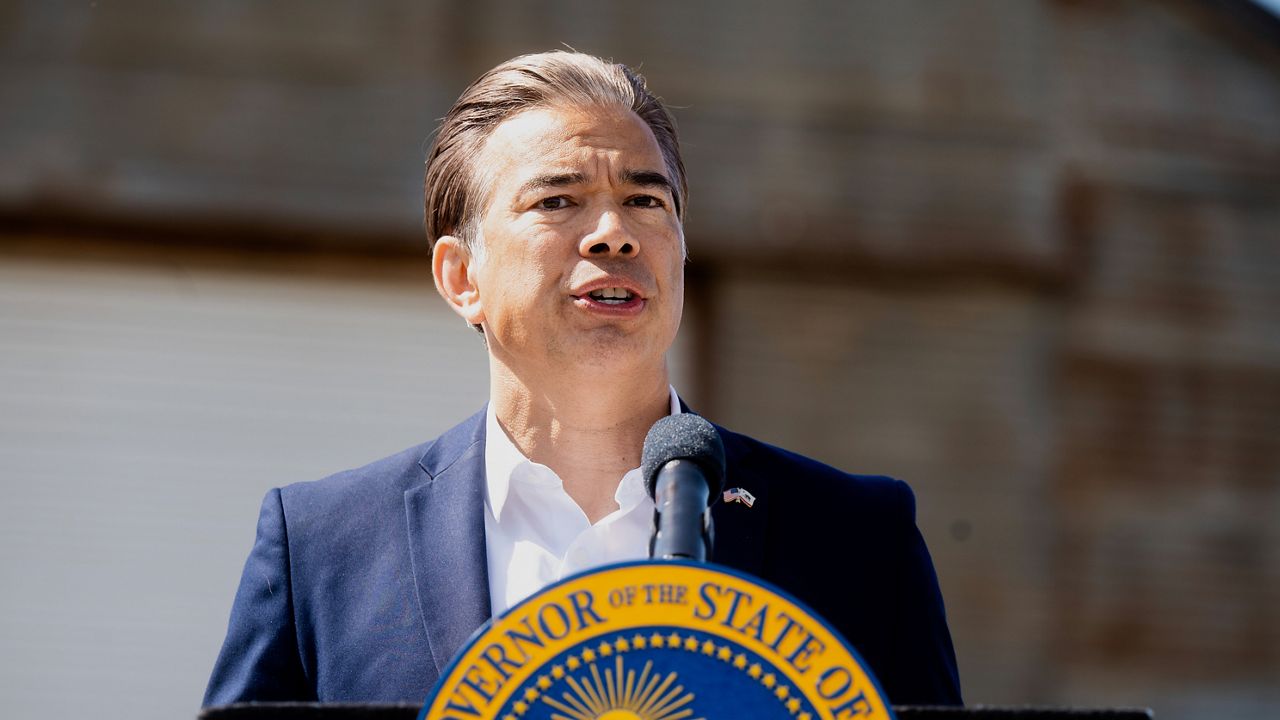SACRAMENTO, Calif. — Historian Greg Zirbel of the Truckee Donner Historical Society said that while Truckee is now known as a Lake Tahoe tourist spot, its roots will always be tied to logging.
“It kind of starts with the gold rush," Zirbel said. "We have all these miners digging all these caves that needed to be supported [with timber].”
The town is surrounded by the Tahoe National Forest, whose trees help build the transcontinental railroad and many of the towns along it, Zirbel explained, which made it a very prosperous town.
“For, you know, 130 years or so, that was the big business here," Zirbel said. "The Truckee Lumber Company, the mill here was our largest employer in the town until, like, 1990.”
Logging in national forests largely fizzled out in the '90s due to introduced environmental restrictions and over-logging, but the Tahoe National Forest — along with every other national forest in the country — could soon see the biggest logging increase in decades.
On April 3, the U.S. Agriculture Secretary issued an emergency order to boost logging in national forests by 25%.
Tim Robinson, whose family has logged in Tahoe for more than 75 years, supports the expansion, saying most contracts include clearing smaller trees and shrubs to reduce wildfire risk.
“And so that understory is there and ladder fuels," said Robinson, co-owner of Robinson Enterprises. "And that allows these fires to just get out of control. So, when you have active logging operations, that will actually thin out that understory on a regular basis.”
California holds 11% of the 119 million acres managed by the U.S. Forest Service, and the new directive opens about 60% of national forests to expanded logging.
Robinson noted that challenges remain, including limited mill capacity and how to handle the removed understory, or biomass.
“Currently, there are not enough co-generation plants [facilities that repurpose the understory] in our local market to handle the biomass that's currently being removed,” Robinson said.
Some experts say the federal government's wildfire mitigation plans, including logging, are controversial. Removing large trees and too much undergrowth can actually increase fire risk, said Chad Hanson, wildfire scientist with the John Muir Project.
“Removing trees from forests reduces wind resistance," Hanson said. "And that's a really big factor. Reducing wind resistance means that the flames, the winds, can push the flames faster through the forest.”
Hanson believes wildfire efforts should focus on hardening homes and defensible space, with prescribed and natural burns as the best forest strategy.
“We actually want more fire in most areas and not just low intensity creeping surface fire," Hanson said. "In most forest ecosystems, there is a natural component that is high-intensity fire.”
He added that if Congress passes the recently introduced Secure Forests Act, it would be very worrisome as it would enshrine expanded logging.
Even with a push for more logging, it’s hard to see, for Zirbel, it becoming a major part of Truckee’s economy.
“We have 13 ski resorts within half an hour of Truckee,” Zirbel said. "Tourism is the big driver here."
So, for now, logging will remain more a part of history, he said, than the future.









